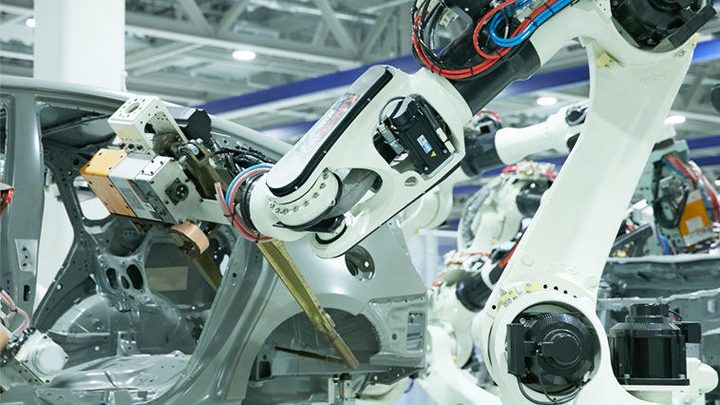Robots in the workplace inspire visions of streamlined, automated efficiency in a future where humans can focus on only their most critical tasks. It’s no wonder that robots are increasingly finding their way into numerous industries today, from manufacturing to customer service.
Among the many types of robots used in industrial settings is a robotic arm, which can be a powerful tool for increased productivity and safety on production lines. In this article, we’ll discuss how a robot arm works, explore the benefits it brings to an organization and offer ways to get started with implementing one successfully.
What Is A Robot Arm, And What Is Its Purpose?
A robot arm is a robotic mechanical arm that can be programmed to move, manipulate objects, and carry out various tasks. It’s designed for repetitive motion with high accuracy and precision.
In a manufacturing setting, the robot arm may be used to weld parts together, assemble products, spray paint them or even package items for shipping. In other industries, such as healthcare and IT services, robotic arms are becoming more common and can perform tasks such as monitoring systems or sorting medical records.
The Benefits Of Using A Robot Arm In The Workplace
Robot arms offer multiple benefits to a business. They can increase production speed, reduce production costs and minimize human error.
Robotic arms are generally safer than humans in environments where hazardous materials or unstable surfaces are present. The robot arm’s agility and accuracy also allow it to perform complex tasks with precision and speed that may be difficult for a human worker to replicate.
Tips For Getting Started Implementing A Robot Arm
When considering whether or not to add a robot arm to your workplace, it’s essential to consider the cost of implementation and the potential return on investment through increased productivity and decreased costs.
Also, ensure you have adequate training protocols in place so that employees understand how to use the new technology. Set realistic goals for the robot arm’s performance and ensure you have a plan for troubleshooting any issues. With these steps in place, you can help ensure your organization successfully implements robotic arms.
Introducing a robot arm to the workplace can be an exciting step towards modernizing operations and improving productivity. With careful planning and dedication to training, businesses can harness the power of robotics to maximize their efficiency while maintaining safety standards. A well-implemented robot arm can be a powerful asset to any business.
How To Use The Robot Arm To Increase Productivity
Once you have a robot arm in place, there are many ways it can help you increase productivity in your work or home life. For example, the robot arm can automate tedious and repetitive tasks such as sorting documents, labeling products, or scanning barcodes. It will free up employees’ time to focus on more critical tasks.
The robot arm can be programmed with AI to complete complex processes that typically take human workers longer. Finally, the robotic arm is much more accurate than a human worker, so it can help reduce errors and improve quality control.
Tips And Tricks For Getting The Most Out Of Your Robotic Arm
To get the most out of your robot arm, it’s essential to keep up with regular maintenance and updates. You can maximize its efficiency by programming it with AI capabilities. It will enable the robot arm to learn from its mistakes and apply them to future tasks.
Ensure that you test the robot arm regularly so any issues can be identified and addressed before they become significant problems. Take advantage of any online tutorials or resources to help educate yourself on how to properly use a robotic arm.
Real-World Examples Of Businesses That Are Using Robot Arms To Increase Efficiency
Robot arms are becoming increasingly popular across many industries as businesses strive to increase efficiency. In manufacturing, robot arms assist in assembly lines, reduce material waste, and speed up production times. In healthcare, robotic arms can be used for precision surgery and other delicate tasks that require accuracy and skill.
In the food industry, robotic arms can help with packaging products or labeling items for shipping. Even in retail, robots are used for inventory management and customer service tasks. As technology continues to evolve, more businesses will turn to robotic arms as an efficient way to maximize efficiency and profitability.
Conclusion
Robotic arms are a powerful tool for any business and offer numerous advantages over traditional production methods. Robotic arms can help businesses increase efficiency and productivity while reducing costs by automating tedious tasks and offering precise accuracy.
However, it’s essential to plan before implementing robot arms in the workplace, as there is an initial cost associated with installation and training. But once set up correctly, robot arms can be invaluable assets for any business looking to stay competitive in today’s ever-evolving markets.


![How to Fix [pii_email_462bd3d1880f25e69fa3] Error Code?](https://www.7sixty.com/wp-content/uploads/2020/11/how-to-fix-pii_email_5b2bf020001f0bc2e4f3-Error.jpg)

